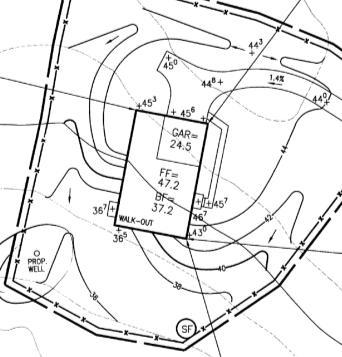Multiple stakeholders are required to work together on the construction or renovation of residential properties. This also requires the use of diverse resources, which can be either created or supplied by multiple vendors or consultants.
One of these resources is a grading plan. Most homeowners are familiar with what a grading plan is. However, not everyone would be able to understand the details. All stakeholders should have a thorough understanding of the grading plans.

Image source google
Site grading is the process of adjusting the elevation of the soil surrounding the home. This is done to establish controlled drainage patterns that allow stormwater to flow outwards, not towards the building.
The consequences of water flowing towards a building can be devastating. Proficient grading even eradicates expensive corrective work after building. Rework may include drainage and retaining walls.
It could even stop a complete regrading job in certain cases. Sometimes, regrading can be more complicated than anticipated. The reason for this is that the person responsible may need to look at the drawing board, take into account new factors, then proceed with the grading assignment.
There is no room for error as this is a rework. A grading job costs anywhere from a few hundred dollars to a few thousand.
A grading plan shows the proposed grading for a site. It includes an outline of the site. It also shows the elevation and location of drainage structures. Professionally designed grading plans can reduce overall material movement and result in significant time and cost savings.
Although professionals can read a grading plan, they still expect the most important details. If homeowners are familiar with the terminology and information categories, they can read a grading map.
